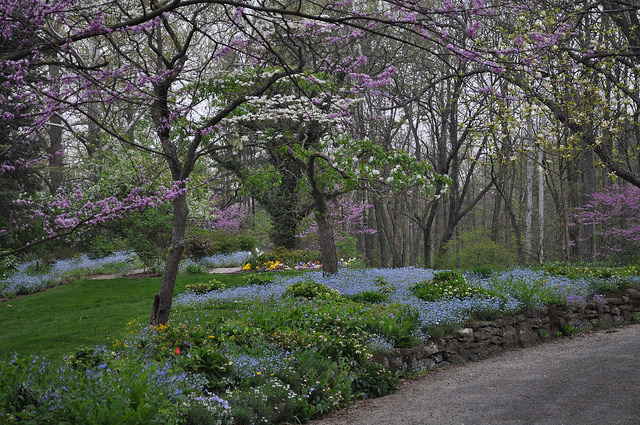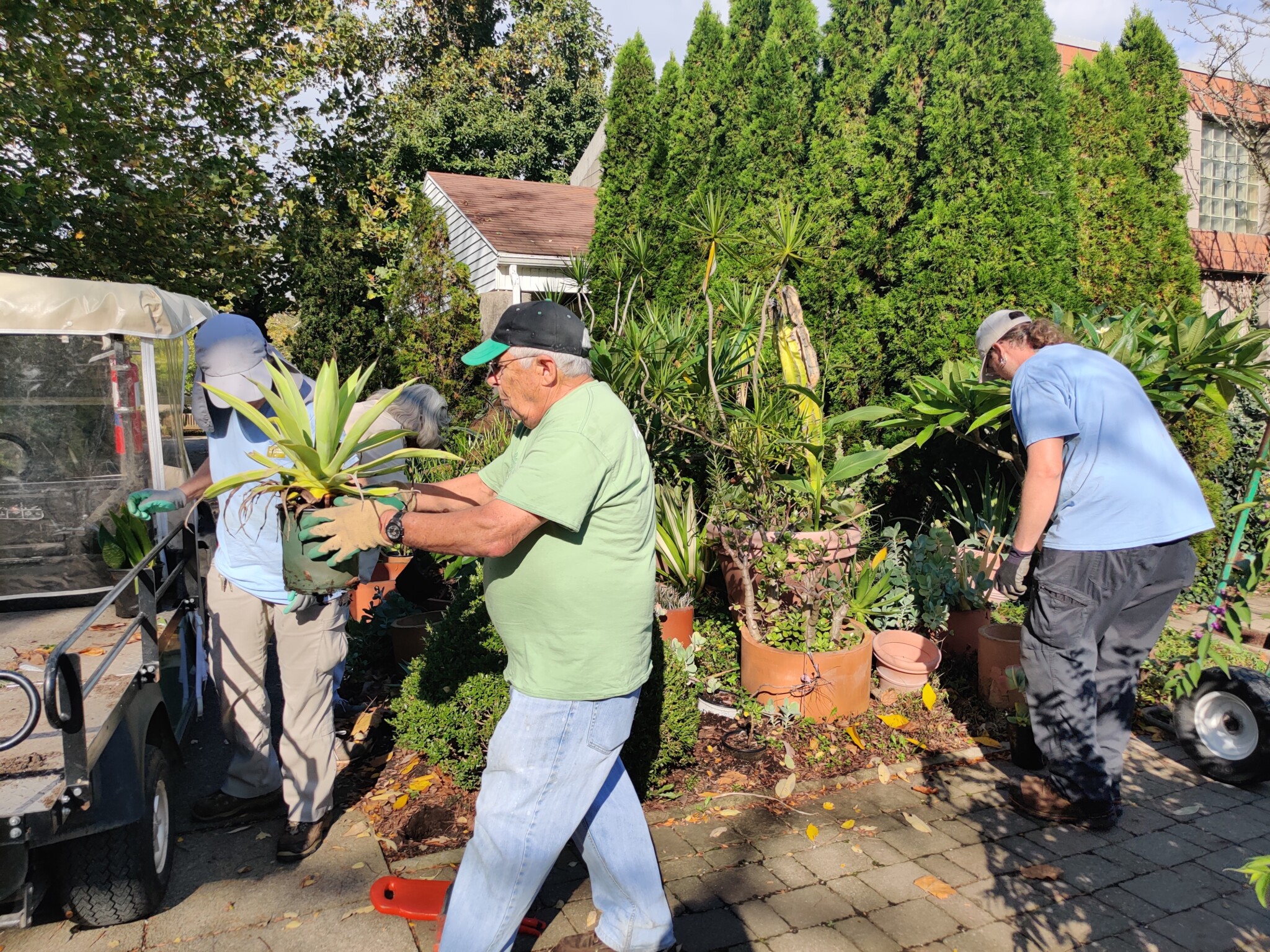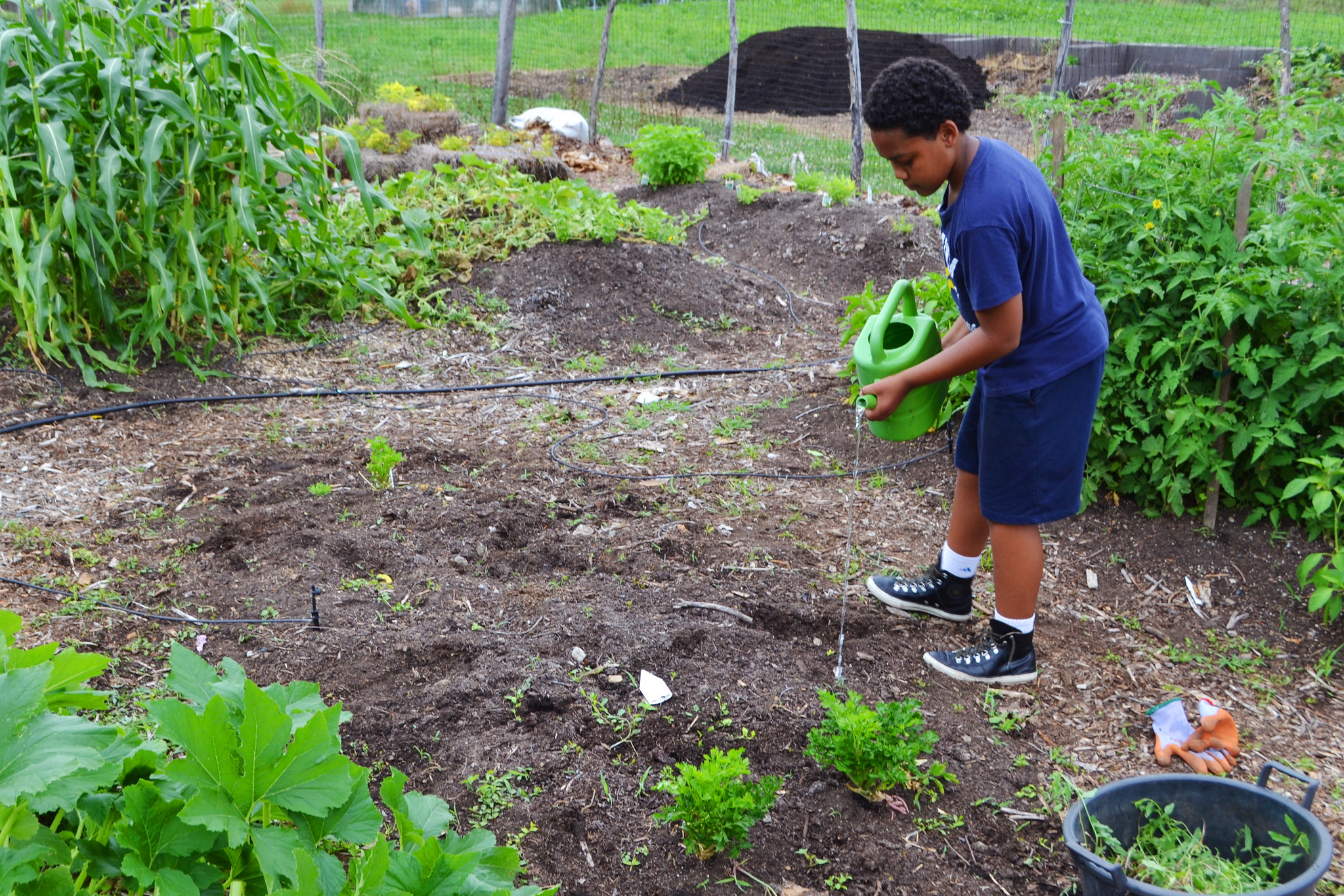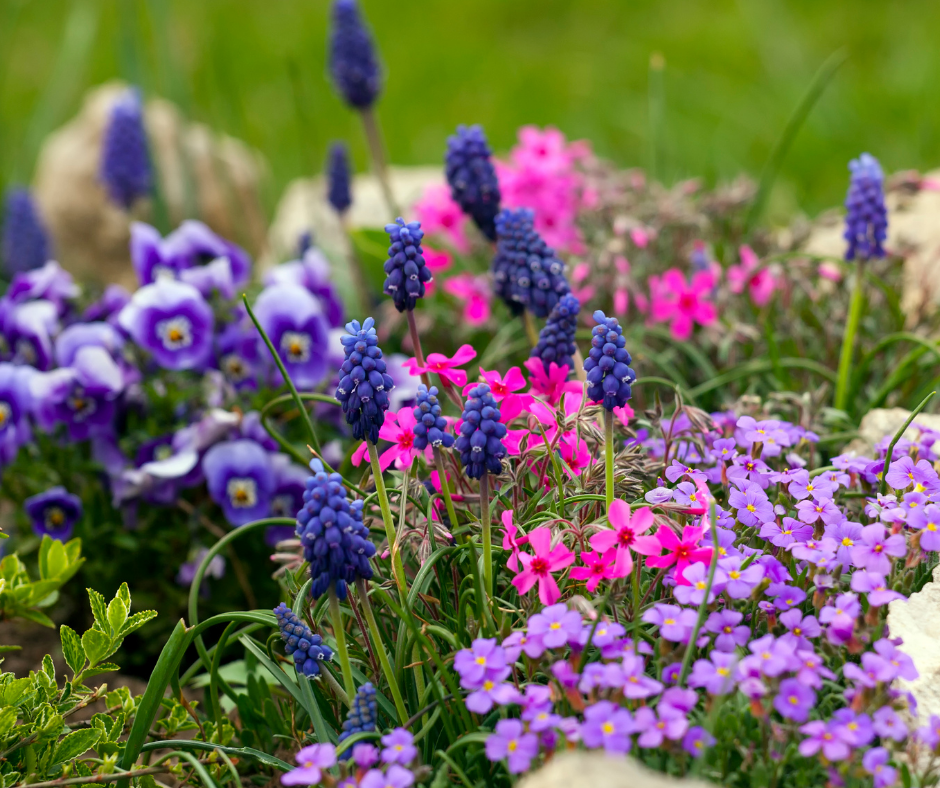Updated April 22nd, 2022
Get your garden on with Five Rivers MetroParks
Heads up! This article was last updated 2 years ago.

Early spring is a great opportunity get your garden ready, whether you want to grow flowers, plants, a pollinator area or produce.
Spring ephemerals, plants that grow and bloom in early spring, can be spotted in many MetroParks locations, including Wegerzyn Gardens and Aullwood Garden MetroParks.
Depending on the weather, you may be able to view bluebells, wild ginger and jack in the pulpit along the trails at Wegerzyn Gardens and Aullwood Garden MetroParks in early spring. Known for its vast display of bluebells, Aullwood Garden is a must-visit in mid-April, when waves of bluebells cover much of the property.
Look for daffodils, magnolia, tulips, anemone and more in the gardens at each park.
After you’ve taken in some spring inspiration, get ready to bring your at-home garden and landscape to life.
Getting started
While many people may be eager to get planting, a few things need to happen before you reach that step.
Make a plan for your garden and gather needed materials and tools, including a trowel, soil knife, pruners, rake, shovel and gardening hose. Stock up on seeds, bulbs, soil and mulch. To add a boost of nutrients to your soil, consider composting at home. This will help cut down on food waste and feed your garden.
If you don’t already have a designated space to garden, find an area that will suit what you want to grow. Many plants like either full sun or partial shade. Vegetable gardens typically need a minimum of eight hours of full sunlight per day. Watch your yard throughout the day to see which areas get the most sun.
You also can plant in containers. Though it’s early spring, you can work on prepping your containers now by clearing out old ones and adding new soil.

Floral fun
The closer it is to planting time, the harder it will be to snag the seeds and bulbs you want so order all the spring-planted bulbs and perennials on your list. You can even pick up spring/tender bulbs to get a jump on the planting season. In fact, tender bulbs in soils that are too cold will rot, so get them started early indoors to plant outdoors in May.
As perennials emerge, decide which ones you wish to divide and/or move if you’re thinking about switching up your garden.
Consider incorporating native and pollinator plants to your landscape. Native plants, trees and shrubs do wonders for your yard, including providing shade and supporting wildlife. Pollinator plants — such as milkweed, coneflower and black-eyed susans — can attract butterflies, bees and other insects to your garden.
Pollinators are anything that helps carry pollen from a male plant to a female plant, ensuring the plant becomes fertilized and produces food, seeds or other plants. Pollinators are important because they’re critical to the world’s food system. In fact, according to the U.S. Food and Drug Administration, pollinators are responsible for one in every three bites of food we take.
Unfortunately, pollinator populations have been dwindling due to habitat loss, use of insecticides and more. Support these critical critters by planting pollinator-friendly plants; as a bonus, your garden will see the benefits from their pollination powers.

Pad your pantry
Produce seeds also will thin out as planting time approaches. For those who want to plant from seeds and not purchase plants, now is a great time to start many of your seeds indoors. However, early spring veggie seeds — such as beets, spring pinions, turnips, kale, collards, salad greens and Swiss chard — can be planted now. Hold off on planting seeds and seedlings that are not frost-hearty, such as tomatoes, peppers, eggplant, basil, squash, cucumbers and okra.
Growing herbs and flowers — yes, flowers — to decorate your plate and incorporate into recipes is also a good gardening idea. Edible flowers include lavender, violet, pansies and dandelions.
Follow the Zone 6 planting guide for ideal times to plant your seedlings outdoors. For example, tomato seeds can be started indoors as early as mid-March but won’t be ready to transplant into your garden until mid-May into June.
Space to grow
Those who have limited space to garden can opt to rent a community gardening plot at Possum Creek or Wegerzyn Gardens MetroParks. Standard seasonal plots are 800 square feet and cost $20 to rent from April through October. Gardeners are responsible for watering, weeding, pest control and harvesting. Gardens are open from 8 a.m. to 10 p.m. starting April 23.
Rentals are available through May 23. Call 937-275-PARK or register online to reserve your gardening plot.
Keep your skills growing, too
Five Rivers MetroParks offers many gardening programs throughout the spring and summer months to help build your knowledge and skills. Programs cover a variety of topics for all levels of gardeners. During the late spring and throughout the summer, veggie growers can visit the gardens at Possum Creek, Carriage Hill and Cox Arboretum and Wegerzyn Gardens MetroParks to see what’s growing and learn something new.
MetroParks education coordinator and expert gardener Betty Hoevel suggests heading to the library, searching blogs and finding Facebook groups to find tips, tricks and gardening hacks.
Search and sign up for MetroParks gardening programs online.
Find more information about MetroParks’ gardening parks, planting for pollinators, how to start your garden and more at metroparks.org/natureisopen.





